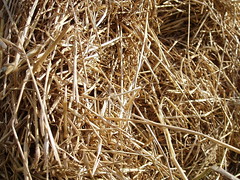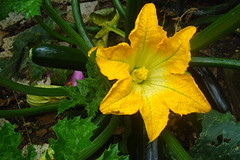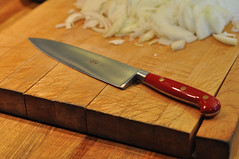
Yesterday I had the opportunity to participate in the Innovative Collaboration for Personalized Learning through my district Area Education Agency. Rather than participate, I got to hear students discuss what was important to them in education. We all know that education needs to change, but how? Finally students are getting involved in the discussion.
The introduction the our meeting was this video from Blackboard:
Among other shocking statistics, we learned that by 2019, it is estimated that half of all high school classes will take place online. While I completely disagree that technology can replace the one-on-one interaction with a teacher, I know we need to work hard to keep up with our digital native generation.
I agreed with the next video, by Colorado's Expanded Learning Opportunities, much more:
It emphasizes technology as a tool, not a replacement, of teaching. The message is to get students out of their chairs and doing something relevant. Our education system is not growing and changing like the fast-paced world around us. The students that we are "turning out" are not ready to take on society.
Chaperones and students moved into separate groups. We went to a fantastic classroom and watched this Ted Talks video:
This video was just hilarious and beautiful. It points out the ironies of education and how the current environment contradicts what people need to grow and thrive.
The chaperones brainstormed questions we would like to ask a student panel. We wanted to know:
- How do you get engaged in your own learning?
- How is the current school culture preparing you for the future?
- What does an ideal school look like to you?
- Why do students drop out?
- Do you know your learning goals and why they are important?
and,
- How do you define collaboration?
When we returned to be with students we rotated around to different groups who listed what an ideal school would be like. Our questions were answered by a panel of 10 student representatives.
And I am so thankful for what I heard!
The students didn't demand laptops, smart boards, or even air conditioning. They didn't want paperless classrooms. The things the students listed as the most important are things that all of us can change today with no funding!
Students want to see real-life connections of learning to life. They want internships, field trips, and guest speakers. They want to design big projects that they take pride in. They said they actually enjoy big projects if they get a say in the topic.
They want to get outside. Students understand that field trips are expensive. One student just gave the example of measuring the velocity of cars that drive by.
Most students addressed that they did not want to take high school classes online. They think education should be tailored to each student. Some students don't like technology and learn best hands-on.
Teachers' attitudes are very important to students. They said having a strange teacher made class interesting, even if the material wasn't. They were willing to work harder in the class of a teacher that they respected. So SMILE already! :)
My question for students is...




















